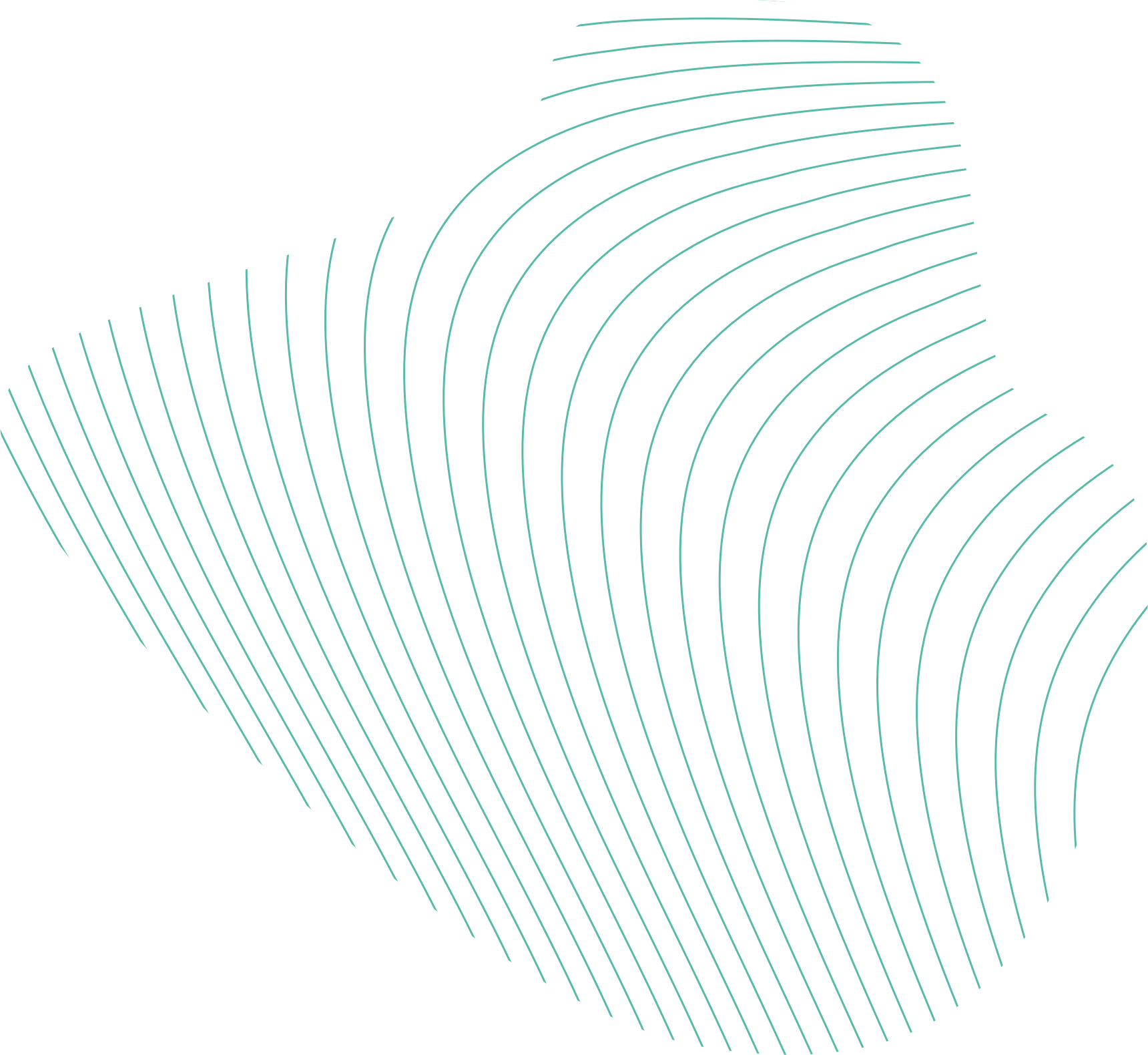Multi Fuel Conversion - MFC
Innovative material recycling plant added to Innovation Centre in Niederaussem
Many products, such as polymers, can be recycled directly to a certain extent after use. All that’s needed is cleaning and further treatment, shredding or sorting. But packaging waste always contains components that can’t be sorted or have become too heavily soiled through use. This material can be broken down to molecular level through gasification or thermal conversion and then recombined into new raw materials.
The result is materials that have the same properties as raw materials made from crude oil or natural gas. Other waste materials such as sewage sludge can also be broken down to recover the materials they contain, such as carbon and phosphorus. Carbon is found in almost every object in our daily lives, and phosphorus is an important component in fertilisers, which makes it important to foodstuff production.


